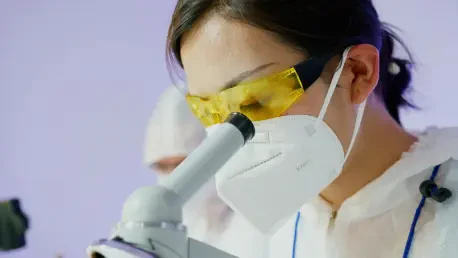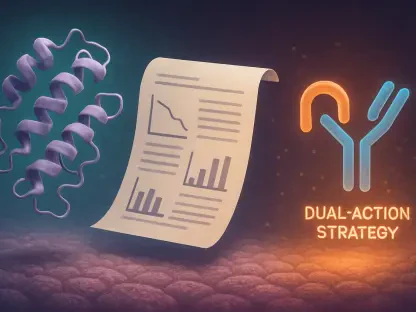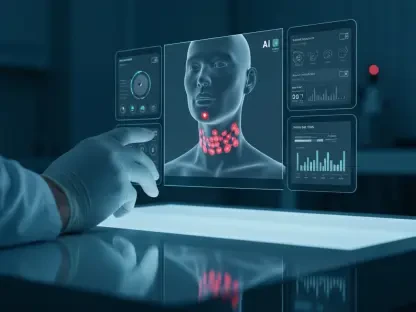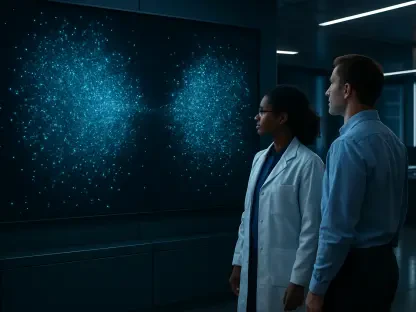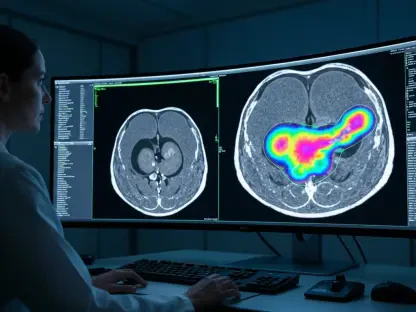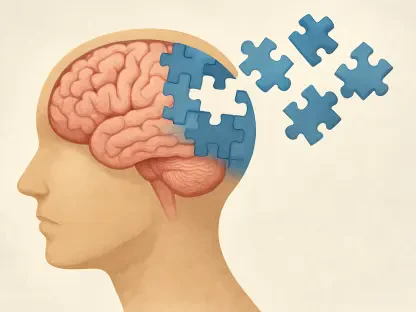Intracerebral hemorrhage (ICH) stands as one of the most challenging and under-investigated types of stroke, demanding urgent attention to improve patient outcomes and advance clinical practices. Unlike ischemic strokes, which have been extensively researched and are widely recognized for their symptoms, ICH arises from a ruptured blood vessel within the brain, leading to substantial mortality rates despite accounting for just a fraction of all stroke cases. Public awareness and medical response to ischemic strokes are streamlined due to well-known symptom indicators, such as facial drooping, arm weakness, and speech difficulties. However, ICH symptoms are more varied, often resulting in delayed medical intervention and less comprehensive patient care strategies. The lack of awareness and effective treatment options for ICH has resulted in conservative and observational treatment methodologies, often described as the “watch and pray” approach, underscoring the dire need for innovative research and investment.
Current Barriers in ICH Research
One of the primary challenges facing intracerebral hemorrhage research is the disparity in timely diagnosis and patient enrollment for clinical trials. Clinical trials on potential therapies, like those conducted by Bioxodes, frequently encounter recruitment difficulties due to late ICH diagnoses. Patients often do not receive timely medical attention within the critical window post-symptom onset due to the less recognizable and more varied nature of ICH symptoms compared to ischemic strokes. This delay is compounded by inconsistencies in hospital preparedness and a lack of robust stroke infrastructure tailored to ICH. Although some regions have optimized systems like telestroke networks and rapid access to specialized neuroimaging, these are generally designed for ischemic strokes, resulting in a disconnect when applied to ICH cases.
To navigate these obstacles, Bioxodes adapted its trial protocols to extend the maximum post-symptom window for patient inclusion, aligning with the biological reality of ICH’s diverse presentation. Yet, extending these windows alone is not sufficient to overcome the systemic gaps in clinical trial recruitment. Addressing the inconsistencies within healthcare systems and building specialized stroke units dedicated to ICH may enhance the accuracy of diagnoses and management protocols. Such developments could potentially centralize expertise, allowing for more effective research infrastructures, timely patient enrollment, and improved care, thereby providing substantive data to fuel further research and innovation in ICH treatment methodologies.
Enhancing Infrastructure and Expertise
The establishment of specialized stroke units represents a crucial step towards addressing the complex systemic challenges that currently impede intracerebral hemorrhage management and research. These units, characterized by a concentration of expertise and resources specific to stroke treatment, can streamline care for ICH patients, fostering rapid and accurate diagnoses, and facilitating early intervention. The creation of a unified acute care strategy for ICH, distinct from that for ischemic strokes, holds the potential to significantly improve patient outcomes through expedited diagnosis and treatment. Such a strategy would necessitate integrating specialized stroke units into existing healthcare infrastructures, particularly in areas lacking these resources, to ensure consistency and comprehensive care.
Despite the potential benefits, access to these units remains limited even in regions where they are relatively well-established. Numerous studies have highlighted the need for vast improvements in the availability and accessibility of stroke care facilities, revealing that a significant proportion of patients are never admitted to specialized stroke units, exacerbating care fragmentation. The anomalies in care access emphasize the necessity of policy interventions to standardize stroke care management globally, ensuring that these units become integral parts of the healthcare landscape. As healthcare systems continue to evolve towards more specialized and integrated care models, their role in spearheading advancements in ICH diagnosis and research becomes increasingly critical.
Emerging Directions in ICH Treatment
The current state of underfunding and insufficient research into intracerebral hemorrhage poses significant challenges to the discovery of effective treatments, yet recent advances indicate a promising trajectory for future breakthroughs. Clinical trials over the past few years, such as the ENRICH trial, have shown substantial progress, introducing techniques like minimally invasive parafascicular surgery that have improved functional recovery and reduced patient hospital stays. Despite these advancements, surgery alone remains insufficient to address the broader spectrum of ongoing neurological damage associated with ICH, which includes neuroinflammation and ischemia. Addressing these secondary injury mechanisms offers a new horizon for research and innovation, necessitating the development of novel therapies that complement existing surgical interventions.
Efforts by organizations like Bioxodes, which focus on therapies targeting these underlying processes, illustrate a shift towards more holistic treatment approaches. Such research is vital in transforming the current paradigm of ICH treatment, evaluating how neuroprotective strategies can integrate with traditional intervention methods to significantly alter patient prognosis. As research continues, there is an increasing need for collaboration between researchers, healthcare providers, and policymakers to harness these burgeoning innovations, incorporating them into mainstream medical practice to enhance overall patient care in the realm of intracerebral hemorrhage.
The Path Forward
A significant hurdle in intracerebral hemorrhage (ICH) research is the challenge of promptly diagnosing and enrolling patients in clinical trials. Studies focused on potential treatments, such as those by Bioxodes, often face obstacles in recruiting participants because diagnoses of ICH are commonly delayed. Unlike ischemic strokes, ICH symptoms are less distinct and more varied, leading to delayed medical responses within the critical period following symptom onset. This issue is exacerbated by variable hospital preparedness and a lack of a specialized stroke infrastructure tailored to ICH. While some regions have advanced systems, including telestroke services and rapid neuroimaging access, these are mostly designed for ischemic strokes and don’t adapt well to ICH cases.
To mitigate these challenges, Bioxodes has modified its trial protocols to lengthen the timeframe for patient inclusion, acknowledging the diverse presentation of ICH. However, merely extending these windows is not sufficient to address systemic recruitment issues. It is crucial to improve healthcare systems by establishing specialized stroke units dedicated to ICH, which could greatly improve diagnosis accuracy and management. Such advancements could centralize expertise, facilitating better research infrastructure, faster patient enrollment, and enhanced patient care. These efforts can generate substantial data, advancing further research and innovative treatment strategies for ICH.
